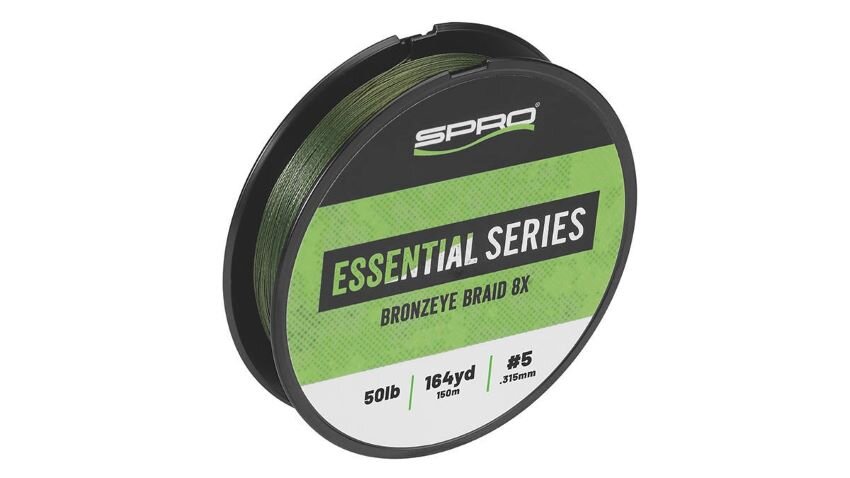ICAST 2021 – A Little Love for Peacock Bass
I’ve been to Brazil to fish for peacock bass three times, along with an adventure through the Miami canals, and it’s fair to say that my love for the species is greatly disproportionate to the relatively few days that I’ve chased them. They are beautiful, strong, and abso-damn-lutely crush a topwater bait.
It has always been tough to get to where the truly giant peacocks live. Indeed, their remoteness and environment are a big part of what make them so special. During the pandemic, however, things got even more difficult. Brazil in general and the state of Amazonas in particular were hotbeds for COVID. Manaus, the gateway for the majority of jungle trips, suffered greatly. As we seemed to pull out of the nightmare scenario, the Delta Variant has come back and hurt things further. As a result of the lack of demand, American Airlines first reduced and then recently eliminated their flights from Miami to Manaus. Now, instead of a five hour haul between those cities, you likely have to get to Sao Paolo, several hours south, and then retrace your steps northward on an additional flight. For many of us, when combined with the risks of travel, it’s just not worth it.
Even in years when travel into the jungle is easy and greater numbers of Americans are headed that way, it’s still a relatively niche operation. It’s neither inexpensive nor easy, and while just about every bass angler I meet has Brazil on their bucket list, few will ever make it happen. As a result, few U.S.-based tackle manufacturers put significant capital or R&D into peacock-specific gear. Nevertheless, as I combed the ICAST 2021 pre- and post-show galleries, I couldn’t help but think that some of the gear would excel in the Amazon Some of it, like the SPRO Fat Papa Walker, I’ve already highlighted elsewhere and will do double duty for largemouths, but there are others that stand out specifically for the big cichlids.
One is the G-Ratt Walking Willy topwater, a walk-the-dog beast that comes in 6-inch and 5 ¼ inch sizes. The larger one is silent while the smaller one rattles. You might have to change out the factory 2X trebles for lightweight-but-stronger 4X hooks, but one nice thing about this design is that the company has incorporated rotating hook hangers to prevent the fish from getting leverage. Steve Kennedy introduced me to the G-Ratt brand a couple of years ago on Lake Martin in Alabama, where he did some damage with their 7.5-inch Sneaky Pete glider. I subsequently purchased their Magic Mouse wake bait but I’m embarrassed to say that it has not yet escaped the package.
Another topwater that caught my eye was the Teckel Lures Goodpecker, another oddly-named but distinctive creation from our friend Hideki Maeda. It features the same body as the 4 ¾-inch (7/8 ounce) Kicknocker that walks so easily and so well, but he’s replaced the middle treble with a teardrop-shaped blade that not only adds noise, but also flash and changes the lure’s action.
For years, the Yo-Zuri Crystal Minnow has been the standard-bearer for jerkbaits in the Amazon, and Yo-Zuri’s sister company Duel introduced some gaudy new colors in their flat-sided Hardcore Minnow Flat that I think would excel for voracious and gluttonous predators like peacocks. The lure comes in four sizes, but I’d expect that the 110 and particularly the 130 would be your choice if you’re chasing bigger-than-average peacocks. Several colors, including Golden Shiner and Blue Shiner are nice, but it was the glimmering “Clown” pattern that completely won me over. I’ll have at least one in my box before our next trip.
Details and hardware make a difference on these remarkably strong fish. On our 2012 trip, one of our travel mates lost two giants in the 20-pound class because he kept the factory 3X hooks on his lures instead of upgrading them. That’s why I’m pleased to see that U.S. retailers are now carrying a wider variety of brands of trebles. We’ve historically done fine with brands including Gamakatsu, Owner, VMC, Trokar and Mustad, but more competition ups the ante for everyone. Now you can explore options from other brands including Ryugi, Ichikawa and Duo. I was particularly excited to see that BKK, a brand I discovered through my obsessive research into the saltwater popping world, is going to be more widely available in the U.S. going forward.
It’s also an embarrassment of riches when it comes to braided line. A decade or so ago, we had only a handful of widely available and reliable choices. Now there are literally dozens to fit any need you have—size, color, number of strands, etc. We’ve used mostly 50- to 80-pound braid on our Brazilian adventures, and that’s a sweet spot for choices. At this year’s ICAST show, longtime players in this space including Seaguar, Daiwa, Fins and Vicious came out with new options, as did relative newcomers like KastKing, SPRO and Strike King. I’m sure that I missed many more, and I intend to try several of them sooner rather than later. I also intend to try the Sunline line coating that I wrote about previously.
With stronger braids comes the need to something to cut it with. I’ve always kept a Boomerang Tool Company Snip in my travel bag, but they do dull after a substantial amount of use. The obvious solution is to replace them, but I also keep higher-quality braid scissors in the boat (and carry them on some trips). Rapala, Strike King and SPRO all came out with new cutting tools at this year’s show.
When Hanna and I first visited Brazil in 2011, reels in the 7:1 gear ratio range were about the top end for speed, and peacocks tend to like every presentation super-fast. There might have been a few reels in the 8:1 ballpark, but those earlier iterations tended not to have gearing and drags capable of subduing a rampaging monster. That’s changed in the ensuing decade, and now not only does just about every manufacturer offer something 8:1 or faster, but typically they have a beefed-up version suitable for hand-to-hand combat. That’s why I’m excited about the Lew’s HyperSpeed LFS, which offers a blazing-fast 9.5:1 gear ratio and a solid 20 pounds of drag, but is still super-lightweight. In my limited experience I’ve found that you don’t need a huge line capacity in your reels, because while the peacocks may pull drag, they don’t make 100-yard runs like a bonefish. I’d rather have reasonable capacity and major stopping power. If for some reason this reel doesn’t live up to that expectation, several other manufacturers (plus Lew’s) came out with new models that are 8:1 or faster, including some with larger spools for multispecies use.
We will eventually get back to normal—or some form of normal—and when we do I’m headed back to South America to chase the fish that really birthed my travel bug. That first trip into the jungle was so new in so many ways that it opened my eyes to what fishing adventure can be about, and for that I’ll forever be grateful. Whether it’s Brazil, Colombia or some other venue, trophy peacocks remain on my target list and for that reason I’ll continue to try to supplement the lures that I already know are effective.













